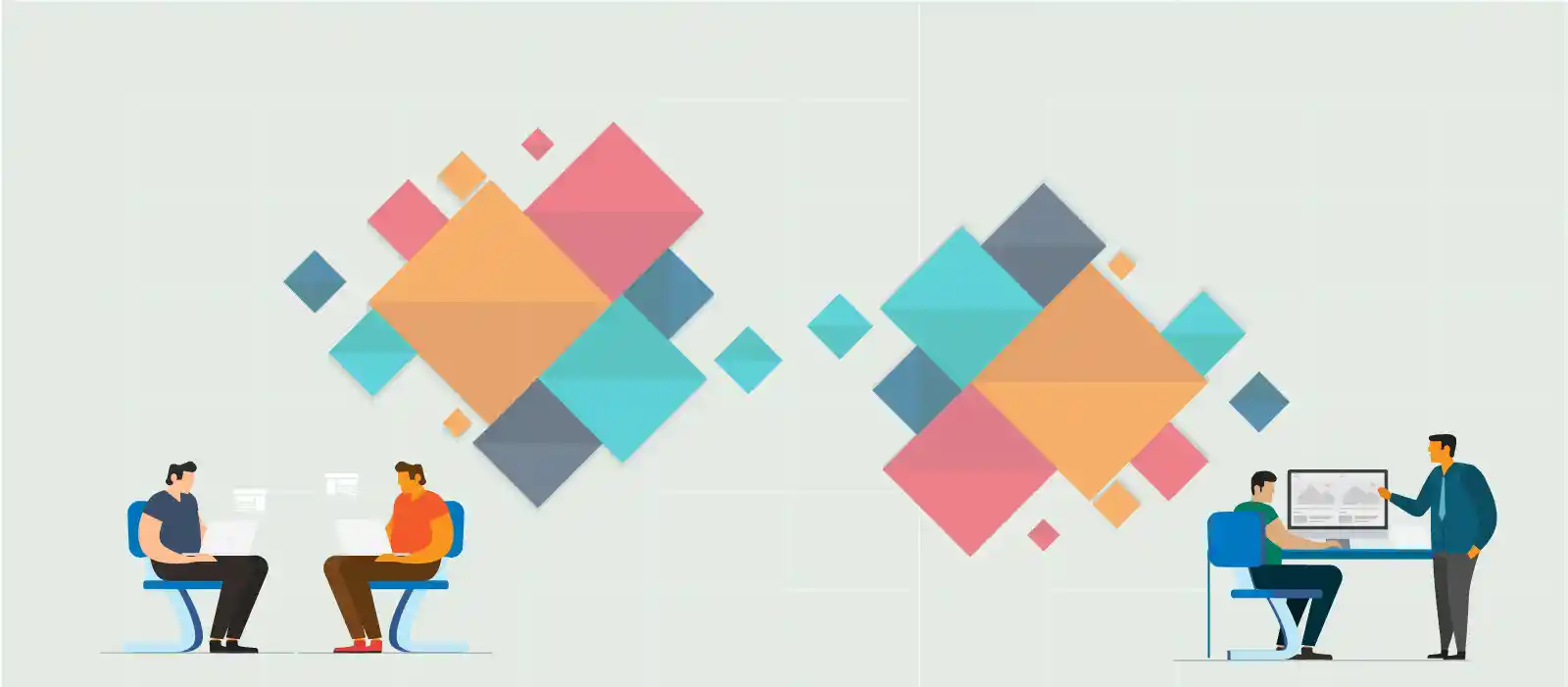UX UI Design Studio



Hi there,
Allow me to introduce myself. I’m Rajesh, the Creative Director of Lollypop Design Studio. After obtaining a B.Sc. in Computer Science, and working as a sales rep for Novel Netware back in ’94, I realized that this was not what I wanted to do, and followed my heart’s desire, and decided to pursue a BFA in Applied Arts from College of Fine Arts, Chitrakala Parishat, Bangalore.Design helped me become focused and I discovered how meticulous I was and always aimed to do things to the best of my abilities — be it design or pretty much anything else.
Immediately after college, I started working for FCB Ulka, and had the privilege of working with brands like Compaq, Wipro Santoor, Wipro’s consumer division, as well as Wrangler. After this, I moved on to RK Swamy BBDO in Chennai, and worked with renowned brands such as Sony Television (of Wega Fame), Citizen Watches, TTK, Sara Lee, and AMP Sanmar.
I moved back to Bangalore in ’04, and founded a boutique design studio, Atelier Graphic Design. This was when I was required to be in contact with the client all the time as I did not have a team of project managers or seniors to help me around. This is when I learnt that design is personal. The only tool at my disposal was my command over the language that helped me articulate my thoughts through words and visuals. I also learnt that we designers have the privilege to work with the top heads (the decision makers) as they are involved in the process, and, this to me is a wonderful opportunity. It is this engagement we all could make most use of as the good words travel faster than light in a digitally empowered world.
I believe Visual Designers need to step out of their comfort zone to succeed and establish themselves in the field.
When I look back, I realize that my success and growth flourished because of this very reason. Testing new waters and uncomfortable situations have been part of my career from the very beginning, and this allowed me to climb the ladder to success. I explored territories I was unfamiliar with — something I’ve realized many designers in India shy away from. Sure, all us designers have mastered the skill sets we think we require to be a good designer —
We’ve mastered the 180° curve, but haven’t given enough attention to the other 180°.
And so, I’d like to share three main characteristics that every successful designer has, so you’re able to climb the ladder to fame too.
Communication is something that’s extremely vital anywhere, and everywhere. This also holds true in the world of design. After being a part of the industry for about two decades now, I’ve noticed something that I find a little unnerving. I’ve noticed that visual designers in India do not always work on their communication skills. This is a pattern I’ve observed throughout my career. The importance of conceptualising and creating design is given lot of weightage but the importance of communicating your ideas or selling your ideas in creative field is yet to gain importance. Today designers who are verbal climb the success ladder much faster because of their ability to convey ideas and make people believe in their designs.
While design is its creator’s expression of freedom, it’s communication that can set the designer and his art free. This freedom is able to break through all kinds of boundaries and open a whole new world of design challenges that are yet to be discovered. Communication is important through and after the design process. It helps you present yourself, as well as your idea, and so, I cannot stress its importance enough when it comes to selling your art and conveying what it means to your clients.
In addition to this, good communication skills also help you indicate the client about your design process — something that makes them more inclined towards your knowledge in the field. It also makes the whole design process absolutely transparent and you gain your client’s trust easily. Good communication skills not only develop better relationships with clients but also is a main driver for building a better rapport with your team, which in turn helps in the delivery of better work. Whether it’s the CEO, the founders, the directors, or the general managers of a company, each and every one of them would love to work with you if you’re great to engage with.
I don’t mean that you should completely change who you are, but there are certain, small changes you should make in order to excel at your work as a designer. I’ve realized it’s important to have common knowledge about how to dress when interacting with clients, how to speak, and how to behave, in terms of etiquette and body language. In addition to this, it’s always a good idea to be proactive and do your homework. This means that you should do some research and find out who exactly your clients are, and what their brand is about, and what kind of a mindset they possess. This’ll help you create your design with ease, and also help increase the chances of your client actually liking your work.
However, if you aren’t a conformist, and don’t believe in following the norms of society, you’re going to have to make sure that your designs are really, really strong, such that the clients chase you — something that only happens if you’ve made a name for yourself in the field. If you’re still working towards having this value and reputation, it’s a good idea to be flexible.
Working with your own team in your own space is easy. But how do you make yourself better as a designer? It’s by pushing your boundaries and challenging yourself. The digital design studio culture in India is an extremely pampering one. I’ve noticed it doesn’t allow you to grow to your full potential, as you’re extremely comfortable there, and have other people (like your manager and colleagues) to back you up and take the heat from clients for you. This is exactly why I believe designers should be exposed to onsite deployment — site’s they’re unfamiliar with, along with a team they don’t have a rapport with.
Unfamiliar territory helps create a stronger bond between team members as they’ve got each other’s backs. This helps instill a strong sense of teamwork, as well as increases efficiency. Additionally, being deployed onsite helps one learn more about working with onsite clients; develop leadership skills, as someone’s required to lead the team members and oversee deliverables; learn to be more patient, as you’ll end up working with people whose ways you aren’t used to; overcome challenges faster, as every project faces hurdles; and make decisions much, much quicker, as time is of the essence. After all, a smooth sea never made a skilled sailor.
In conclusion, I’d like to point out that the aforementioned tips and suggestions are what made me the designer I am today. And so, I’d like to say that by following these suggestions, one will be able to become a well-rounded designer, and have a full 360° skill set, which isn’t too much to achieve, as you’ve already got half of it.

